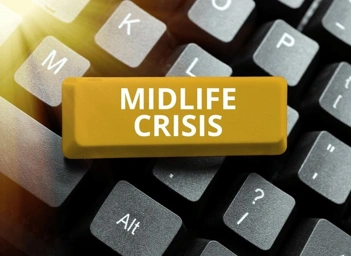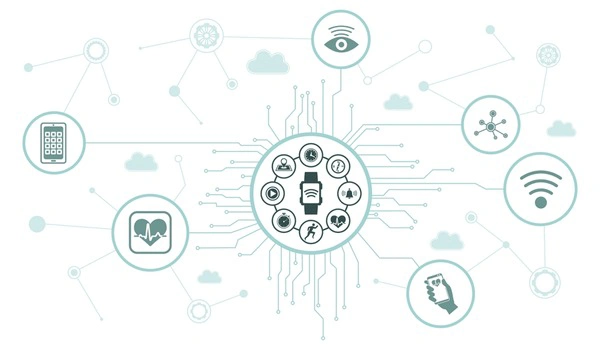
Mastering Prioritization Techniques for Effective Task Management
Prioritization is a skill that can greatly enhance productivity and reduce stress. By employing techniques like the Eisenhower Matrix and ABC prioritization, individuals can manage tasks more effectively. These methods help categorize tasks by urgency and importance, ensuring that time and energy are spent on what truly matters. Building better habits through daily and weekly reflection further strengthens prioritization skills, leading to a more organized and fulfilling life.
Mia Gomez
04/12/2024 - 7 months ago

Understanding Prioritization
Prioritization is a crucial skill in today's fast-paced world, especially for adults juggling multiple responsibilities. By learning how to prioritize effectively, you can increase your productivity and reduce stress, leading to a more balanced and fulfilling life. The key is to understand what tasks are truly important and deserve your immediate attention.
Imagine waking up each morning with a clear plan, knowing exactly what needs to be done and when. This clarity comes from mastering prioritization techniques. It is not just about creating a to-do list but organizing tasks in a way that aligns with your goals and values. Prioritization helps you focus on tasks that bring you closer to achieving these goals while managing your time efficiently.
One of the simplest ways to start prioritizing is to categorize your tasks based on urgency and importance. This method will help you avoid feeling overwhelmed by letting you focus on what truly matters. Prioritization is a skill that grows stronger with practice, and once mastered, it can significantly enhance your daily life.
The Eisenhower Matrix
The Eisenhower Matrix is a popular prioritization tool that can transform how you manage tasks. Named after President Dwight D. Eisenhower, this method categorizes tasks into four quadrants based on urgency and importance. This visual approach makes it easier to decide what tasks require immediate attention and which can be delegated or postponed.
To use the Eisenhower Matrix, start by drawing a square and dividing it into four smaller squares. Label them: Urgent and Important, Not Urgent but Important, Urgent but Not Important, and Not Urgent and Not Important. Tasks in the first quadrant should be your top priority, as they are critical to your immediate success.
Tasks that fall into the second quadrant are important but not pressing. These tasks often contribute to long-term goals and should be scheduled into your routine. The third quadrant involves tasks that are urgent but not important, which can often be delegated. Finally, the fourth quadrant consists of tasks that are neither urgent nor important, which you should consider eliminating or doing during your free time.
ABC Prioritization Method
Another effective prioritization technique is the ABC prioritization method. This simple system involves labeling tasks as A, B, or C. Tasks labeled 'A' are the most critical and should be completed first. 'B' tasks are important but not as urgent as 'A' tasks, while 'C' tasks are those that are nice to do but not crucial.
Start by listing all your tasks for the day or week. Assign an 'A' to tasks that have immediate deadlines or high impact. Assign a 'B' to tasks that are important but do not require immediate action. Finally, assign a 'C' to tasks that have little impact or are less time-sensitive.
The ABC prioritization method helps you focus on what truly matters and ensures that you're not overwhelmed by less important tasks. By regularly practicing this technique, you develop a keen sense of what deserves your attention, leading to better time management and a calmer, more productive day.
Building Better Habits
Developing strong prioritization skills goes hand-in-hand with building better habits. Start by setting aside time each day to review and adjust your priorities. This daily practice keeps you focused and ensures that your efforts align with your long-term goals.
Reflection is another powerful tool. At the end of each week, take a moment to evaluate what worked and what didn't. Did you spend too much time on tasks that weren't important? Were there tasks you could have delegated? Use these insights to adjust your approach and enhance your prioritization skills.
Remember, effective prioritization is a journey, not a destination. As you hone this skill, you'll find yourself becoming more efficient, less stressed, and more in tune with your personal and professional goals. Embrace the process and enjoy the sense of control and peace that comes with mastering prioritization techniques.


















